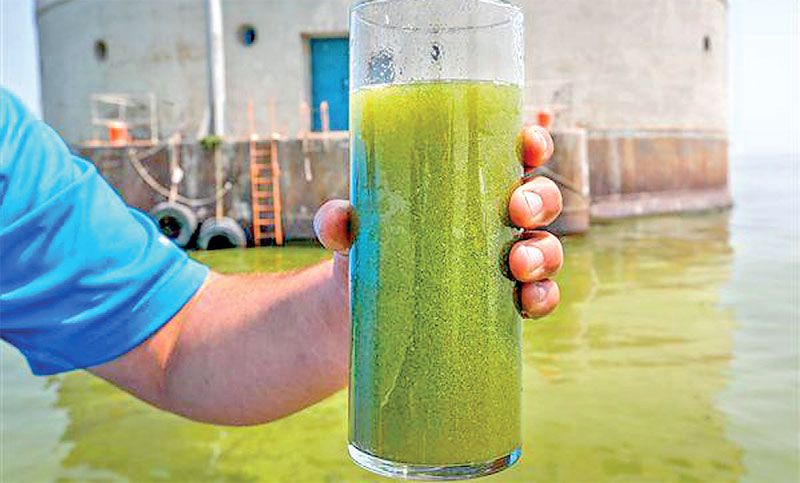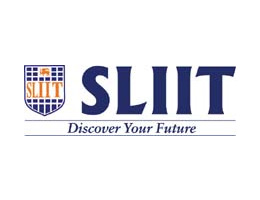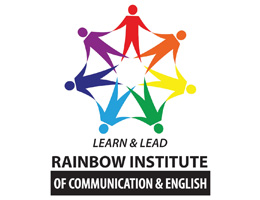Cyanotoxins- stay away from Green Water

Water is the main constituent of almost all living organisms, and the most abundant inorganic compound in the living matter. Water alone consist of 70-90% of the cell and is essential for the existence of life, as it acts as a solvent, medium, reactant and the major constituent in blood plasma and lymph. This shows the importance of water to living organisms mainly to human. Human body receives water through drinking and thereby access to safe and good quality drinking water is one of the basic rights of all human beings.
According to National Policy on water supply and sanitation, providing safe drinking water and access to sanitation services is an essential or fundamental element of the Government’s program for the economic and social development of Sri Lanka. National Water Supply and Drainage Board (NWSDB), established under an act of Parliament in 1975, mandated to provide and regulate quality standards of water supplied to the public. In Sri Lanka, water is supplied to majority of public through water treatment plants where the water from lakes and reservoirs reach the public as water for day to day works. With the vast ranges of industrialization and urbanization most of the water sources in Sri Lanka are facing the risk of pollution, eutrophication and as a matter of fact algal blooms. “Is it safe to drink tap water in Sri Lanka?” a common question raised by many people of our country.
Algae in the sense, the context mainly deals with Cyanobacteria, a group which was called Blue green algae earlier, and corrected as cyanobacteria with the advance of taxonomi cal studi e s. Cyanobacteria are aquatic phototrophic microorganisms that utilize sunlight during photosynthesis and convert it into organic biomass. Despite the similarity in their names, cyanobacteria got nothing to do with the chemical cyanide, and not all cyanobacteria are considered harmful. Uncontrollable growth of cyanobacteria cause blooms in water bodies sometimes large enough to cover entire lake. As Sri Lankans, we are quite familiar with the greenish stuff floating on lakes and ponds, which is a common sight for people who live in the trade capital, Colombo, especially due to Beire Lake.
These stuff are really a nuisance, causing environmental pollution mainly an unbearable odour, and release deadly poisons to environment; Cyanotoxins. When toxins are produced then they are called Harmful Algal Blooms (HAB), which is a growing global problem. Cyanotoxins are secondary metabolites produced by cyanobacteria and the study of nature and toxicology of these toxins can be traced back to 1990’s. These toxins include potent hepatotoxins, cytotoxins, neurotoxins and endotoxins.
Chemistry of Cyanotoxins
Hepatotoxins
a) Microcystin-LR A cyclic heptapeptide, and cause disruption of cell membrane integrity and conduction. Ingestion of adequate amount cause for bleeding of liver which leads to slow death and also promote tumor growth.
b) Nodularins
A cyclic pentapeptide, and carcinogenic. Also induce tumor growth.
c) Cylindrospermopsin
A guanidine alkaloids, with lots of nitrogen and ingestion cause necrotic injury to liver. A genotoxin and produce symptoms like vomiting, enlarged tender liver and bloody diarrhea in three weeks.
Neurotoxins
a) Anatoxin a ( including homoanatoxin a) An alkaloid and a postsynaptic depolarizing neuromuscular blocker. Cause for respiratory failure immediately and there by known as Very Fast Death Factor (VFDF). The chemical structure is similar to cocaine.
 b) Saxitoxin
b) Saxitoxin
A carbamate alkaloid and prevent sodium ions from passing through protein channels, which is vital to nervous system. This is so lethal that it paralyze the respiratory system and kills within minutes. But the toxin is also a chemical used in anaesthetic medical treatment. Little is known about the other cyanotoxins like aplysiatoxins, lyngbiatoxins and cyanobacterial lipopolysaccharides. Acute cases of cyanobacterial intoxication through drinking water
Palm Island Mystery Disease
An outbreak of hepatitislike illness was reported from Palm Island, Australia in 1979. About 150 children and 10 adults suffered intoxication. Only after about 20 years, molecular researches conducted on the case revealed that the cause was cyanobacterial outbreak in drinking water and causat ive agent was Cylindrospermosis raciborskii.
Tap water ban in Toledo, Ohio, USA.
A publication in National Geographic in 2014 confirmed that the entire drinking water system of Northwest Ohio, was shut down and tap water was banned because of a harmful cyanobacterial bloom turned tap water toxic, as the main source of water supply to Toledo was from Lake Erie, which had turned into a sea of massive bloom. The publication also revealed that the toxins of the bloom can cause neurological problems in consumers. Increasing concern in Sri Lanka is mainly about the cyanobacteria and cyanotoxins in dry zone water sources of Sri Lanka. Numerous negative health impacts, including the epidemic of Chronic Kidney Disease of unknown etiology (CKDu), known to go hand in hand with cyanotoxins predominantly in well water. Regarding the toxin producing freshwater cyanobacteria in Sri Lanka, Microcystis sp. and Cylindrospermopsis sp. come first in the list. So it is really important to have a clear knowledge on causes for cyanobacterial blooms and treatment and prevention methods.
Causes for cyanobacterial blooms
Statistically there is no threshold value for blooms but blooming can occur with a concentration of hundreds to thousands of cell per milliliter of water, depending on the causative species. Anyhow the major cause for blooming is the excess of nutrients, particularly phosphorous and nitrogen in water bodies as a result of infiltration of pesticides and fertilizers from agriculture. Many other causes like fishing industry, eutrophication, climate changes, particularly warmer climates, flash flooding, oxygen scarcity leads cyanobacteria to thrive in aquatic environments.
Treatment methods
Bloom toxicity is difficult to predict and thereby active water source monitoring is required. Some of these toxins are thermo stable and cannot be destroyed by boiling. Many water treatment plants employ several barriers like ultra violet advanced oxidation techniques, disinfection by chlorine etc. for extracellular cyanotoxins. Intracellular cyanotoxins needed to be removed along with cyanobacterial cells. Otherwise cell lysis during treatment may release toxins into water. As a matter of fact, rather than the treatment plants, source has to be treated. Bioremediation with native bacteria and herbivorous zooplanktons have been suggested for this purpose.
Amelioration of this hazard
Reduction of the use of agrochemicals and pesticides, bio manipulation, minimizing water pollution, restoration of plant habitats and communities along the river margins, investigation of the occurrence, properties, production, fate and significance of cyanotoxins through multidisciplinary inputs etc. may help to bring down this hazard below the threatening level. It is really difficult to nullify this hazard because cyanobacteria can thrive under diverse environmental conditions. It is the responsibility of the Government to supply the public with clean and safe water but on the other hand it is also the responsibility of the common public to be aware of what they drink and where it comes from. Prevention of environmental pollution may reduce many negative biological impacts to a great extent.
Compiled by: F.H. Sabeeha Hussain An undergraduate from University of Sri Jayewardenepura. Reading B.Sc. Special in Microbiology.









































.jpg)

.jpg)
.jpg)
.jpg)
.jpg)
